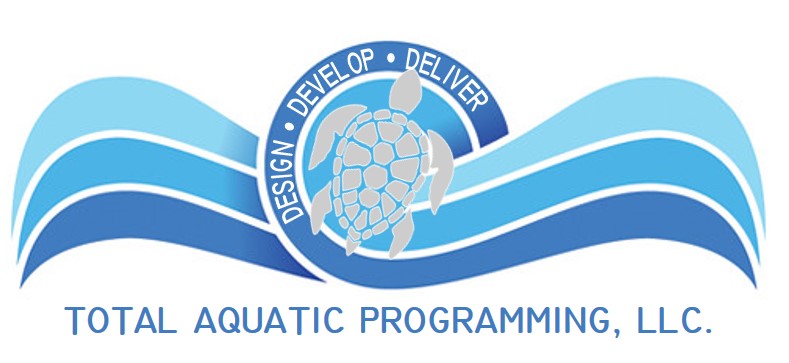Spending time at the pool, lake, or ocean can be a source of fun and relaxation. However, there’s a risk involved. Drowning claims an estimated 236,000 lives worldwide every year. According to the World Health Organization, drowning is the third leading cause of unintentional injury death globally.
Preventing many of these deaths is possible with timely and effective intervention, like Cardiopulmonary Resuscitation (CPR). CPR is a life-saving technique that can significantly increase the rate of survival for drowning victims when done correctly. Continue reading to learn more about the critical importance of CPR training as a life-saving skill for drowning prevention.
Understanding Drowning and Its Immediate Threats
When someone drowns, their lungs fill with water, preventing oxygenated blood from circulating. It can quickly lead to brain damage or death if not treated immediately. Immediate CPR can be the difference between life and death in these situations. It helps restart the flow of oxygenated blood to vital organs until more advanced medical care can restore normal breathing.
Drowning can happen in seconds — as little as 20-60 seconds after submersion. Children under the age of five and males are generally at higher risk for drowning.
How CPR Training Helps Prevent Drowning Deaths
CPR training equips individuals with the necessary skills to respond effectively to drowning incidents. It’s a crucial skill set that prepares individuals to act quickly and effectively in emergencies like drowning. Prompt and efficient CPR can help restore breathing and circulation, which is critical during life-threatening emergencies.
Individuals trained in CPR are more proficient and confident in administering the lifesaving technique than untrained bystanders. They understand the correct sequence of actions — checking the victim’s responsiveness, calling for emergency help, performing chest compressions, and delivering rescue breaths — which is essential to its effectiveness.
CPR Training Empowers the Public to Save Lives
Unfortunately, most people lack proper CPR training and are unprepared to assist in a drowning emergency. The more people trained in CPR, the greater the chances that a bystander can respond quickly to prevent devastating outcomes. Learning CPR empowers individuals to act without hesitation in emergencies.
Hands-on CPR classes teach life-saving techniques tailored to drowning scenarios, including safe ways to get an unresponsive person out of the water. Online refreshers and videos reinforce skills that can deteriorate over time.
Empowerment to Save Lives: CPR Training: Getting Started
Getting started with CPR training is an invaluable step toward becoming a lifesaver. Courses typically cover the basics of chest compressions, rescue breathing, and safe use of an Automated External Defibrillator (AED). They also often include practical assessments to ensure competence. These courses usually cover the theory and practical skills necessary to perform CPR effectively in real-life situations, including drowning.
Whether for personal preparedness or professional requirements, learning CPR is a proactive approach to emergency response that empowers individuals to provide critical assistance in life-threatening situations. By enrolling in a CPR course, you can gain the skills and confidence needed to act swiftly and effectively, potentially saving lives when every second counts.
Numerous organizations offer CPR training for all skill levels, including:
- ● American Red Cross
- ● American Heart Association
- ● Local hospitals and fire departments
Everyone Can Help Prevent Drowning
CPR training is not just a valuable skill — it’s a potential lifesaver. Drowning strikes suddenly, and the minutes after someone goes underwater are critical. Equipping more people with the ability to perform CPR improves the outcomes for drowning victims and reduces the global impact of this preventable cause of death. Learning to perform CPR correctly is an empowering and responsible step everyone can take to safeguard their communities.
Encourage friends, family, and community members to join you in this vital training — it could mean saving a life when every second counts.
By spreading awareness and encouraging widespread CPR training, we can collectively enhance our preparedness for drowning incidents and other emergencies, contributing to a safer, more resilient society.
Together, we can end the heartache of losing a loved one due to drowning. Take our Water Safety Challenge to measure your family or community’s water safety competence, and help us provide water safety outreach to schools and community groups to keep everyone safe.


